Where Three Dreams Cross, London
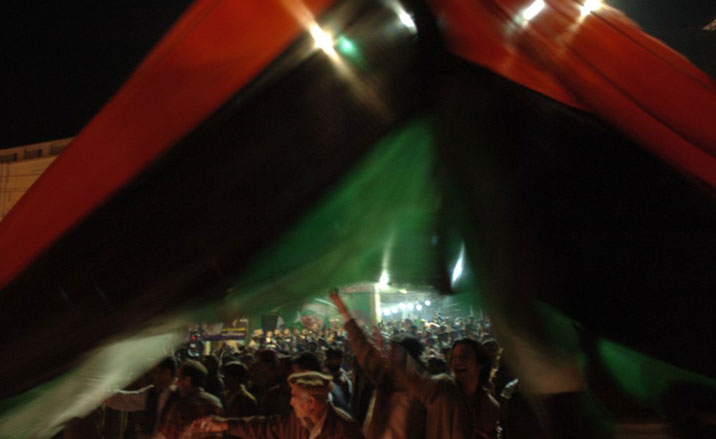
Set to highlight some of the most important photographic work born of the subcontinent, 'Where Three Dreams Cross' will this week take residence in East London’s Whitechapel Gallery for a four month stretch.
Spanning some 150 years of photographic innovation from India, Pakistan and Bangladesh, the exhibition will feature over 300 works by 70 artists.
Including one-off pieces from the early days of photography in the 1860s, through to the social realism and reportage of the 1940s and the political documentation of the 1960s - the exhibition comes split into five distinct sections, spanning the length and breadth of the photographic spectrum.
From ‘The Performance’ and its selection of golden-era Bollywood shots featuring stark images of circus performers by Bijoy Chowdhury, through to ‘The Portrait’, taking in everything from 19th century studio set-ups to Pakistani street photography from the renowned Alkazi collection, the five themed areas - which also include ‘The Family’, ‘The Streets’ and the highly-charged ‘Body Politic’- provide an interior view of an oft unseen subcontinent.
Curated by a veritable who’s who of Southeast Asian creativity, including photographer, writer and curator, Sunil Gupta, and Shahidul Alam, founder and director of the Dhaka-based Drik Archive - 'Where Three Dreams Cross' has drawn on every possible resource to for its East London turn.
We caught up with Whitechapel curator, Kirsty Ogg, in the wake of preparation and drew her on the top photographic picks from the show.
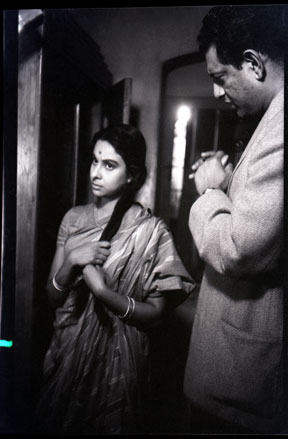
‘Satyajit Ray directing Madhuri Mukharjee during shooting of the film, Mahangar’, by Amanul Huq, 1963. Courtesy the artist and Drik, Bangladesh ‘I just love this image, partly because I’ve got a thing for Satyajit Ray films, but also because of the sense of performance and the relationship between the two. It’s a really beautiful shot.'
Receive our daily digest of inspiration, escapism and design stories from around the world direct to your inbox.
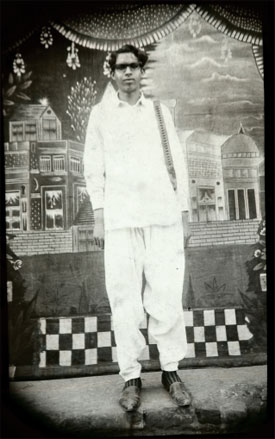
‘Man in front of a painted backdrop’ by Babba Bhutta, 1960. Courtesy Malcolm Hutcheson Archive, Pakistan. ‘This photo has come from a fantastic archive of material in Pakistan. ‘Ruh Khitch’, literally meaning ‘spirit-pulling’ was a kind of early Polaroid photography, involving a large boxy contraption, which functioned as both a dark room and a camera. This image, of Babba Bhutta himself, is unusual, as Ruh Khitch images were not often kept. I love the painted backdrop.’
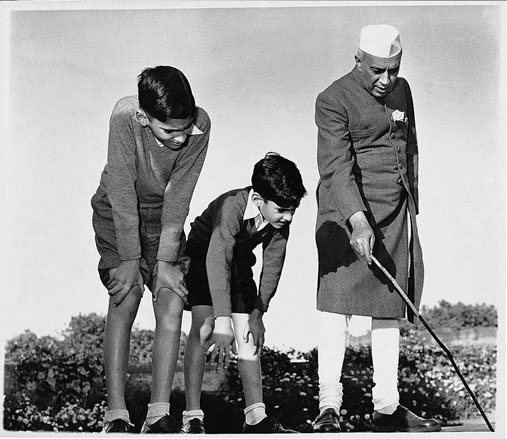
‘Jawaharlal Nehru during an informal botany class with his grandsons, Rajiv and Sanjay’ by Homai Vyarawalla, 1948. ‘Vyarawalla was a fascinating woman. The only female photojournalist around in the 1930s, 40s and 50s, it was particularly important that her work was featured in this exhibition. Alongside many of the official political images snapped during the time - Vyarawalla's suggest a softer kind of politicking – she presents a more general social impact of events at the time.’
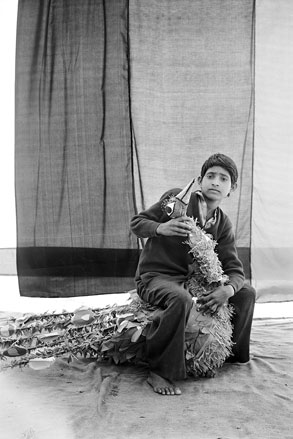
‘Balika Mela, Lunkaransar’ by Gauri Gill, 2003. Courtesy the artist. ‘The Balika Mela is a fair held exclusively for girls in rural India. Gauri was working with an NGO back in 2003, who were trying to encourage the girls to vote during the Balik Mela. Gauri asked the girls to come and be photographed by her, she encouraged them to present themselves in the way they wished to be perceived – which is an important theme for 'Where Three Dreams Cross' - the way in which photography has helped to define identity in the subcontinent.'
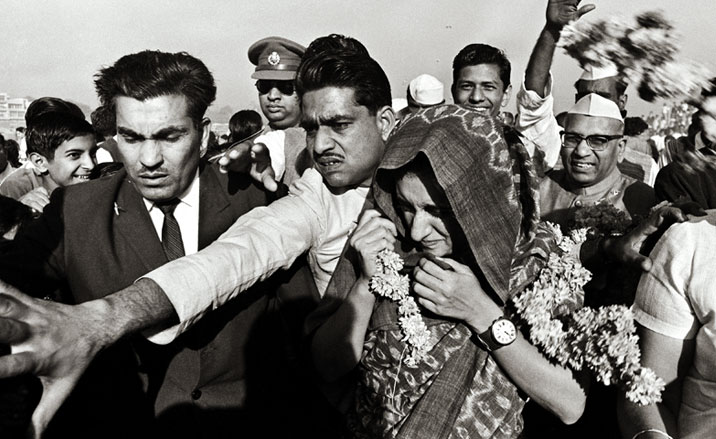
‘Indira Gandhi being escorted by Security Guards, Delhi’ by Raghu Rai, 1970. Courtesy the artist. ‘Another hugely influential photographer, Raghu Rai’s photo-documentary work has made an impact on photographers both in the subcontinent and beyond. Taken from a series of images he made of Indira Gandhi during the 1970s, the photograph speaks of a time when photographers had incredible access to politicians, which just doesn’t exist anymore. The photographs are incredibly candid, remarkably intimate and are very different from the highly groomed images of contemporary politicians. ‘
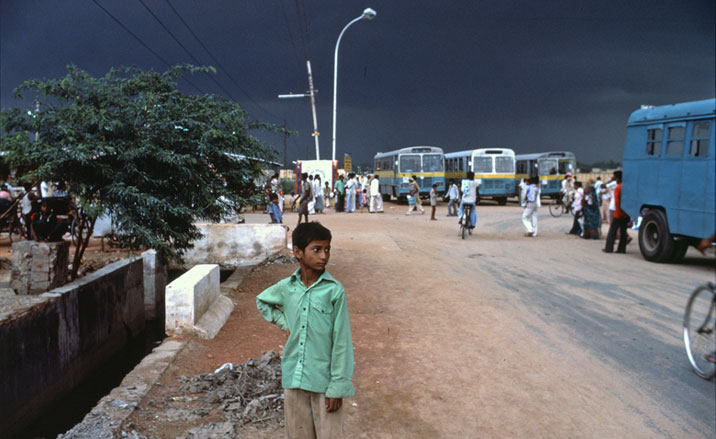
‘Boy at Bus Stop, New Delhi’ by Raghubir Singh, 1982. © Succession Raghubir Singh. ‘Raghubir Singh was a hugely influential photographer in the 1970s, 80s and early 90s. He introduced colour photography as a practice in India. There’s a real sense of cinema to his work and the sense of narrative invokes a real energy and vibrancy.'
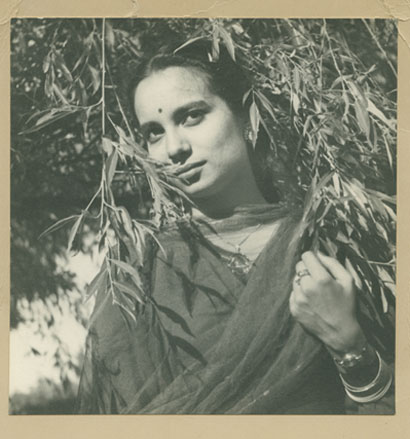
‘Prem on her honeymoon, Simla’ by Swaranjit Singh, 1948. © The Estate of Swaranjit Singh/Fotomedia. ‘The father of one of the curators of this exhibition - Radhika Singh - Swaranjit Singh was a man with three great obsessions in his life: his business, his wife and his photography. Singh recorded his wife constantly and the love between them can be clearly seen in this photograph, which is quite unusual for Indian photography - particularly at this time - as feelings were usually kept very private.’
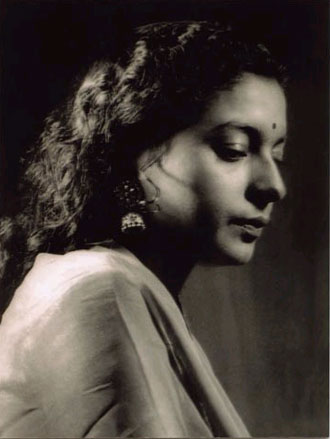
‘Portrait of singer’ by Sayeeda Khanom, 1970s. Courtesy the artist and Drik, Bangladesh. ‘It was important for us to include this image, as much of the photography on show in ‘Where Three Dreams Cross’ is highly political. Khanom was a female photographer from Bangladesh who recorded many big names and events in Bangladeshi culture, and as such she portrays an important side of the subcontinent – untouched by politics.’
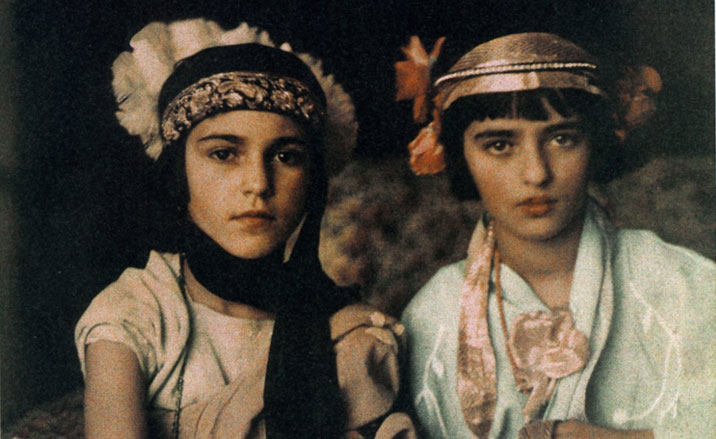
‘Indira and Amrita L’Holme, Simla, India’ by Umrao Singh Sher-Gil, 1923. Courtesy Umrao Singh Sher-Gil Estate. ‘I think this is such a beautiful image. Umrao was an interesting character that lived at the turn of the 19th century. He wouldn’t have called himself a photographer, but he recorded both himself and his family. He liked to play with the identity of his sitters – his photographs are all about demonstrating aspects of everyday life and identity.’
ADDRESS
Whitechapel Gallery
77-82 Whitechapel High Street
London
E1 7QX
-
 Roland and Karimoku expand their range of handcrafted Kiyola digital pianos
Roland and Karimoku expand their range of handcrafted Kiyola digital pianosThe new Roland KF-20 and KF-25 are the latest exquisitely crafted digital pianos from Roland, fusing traditional furniture-making methods with high-tech sound
-
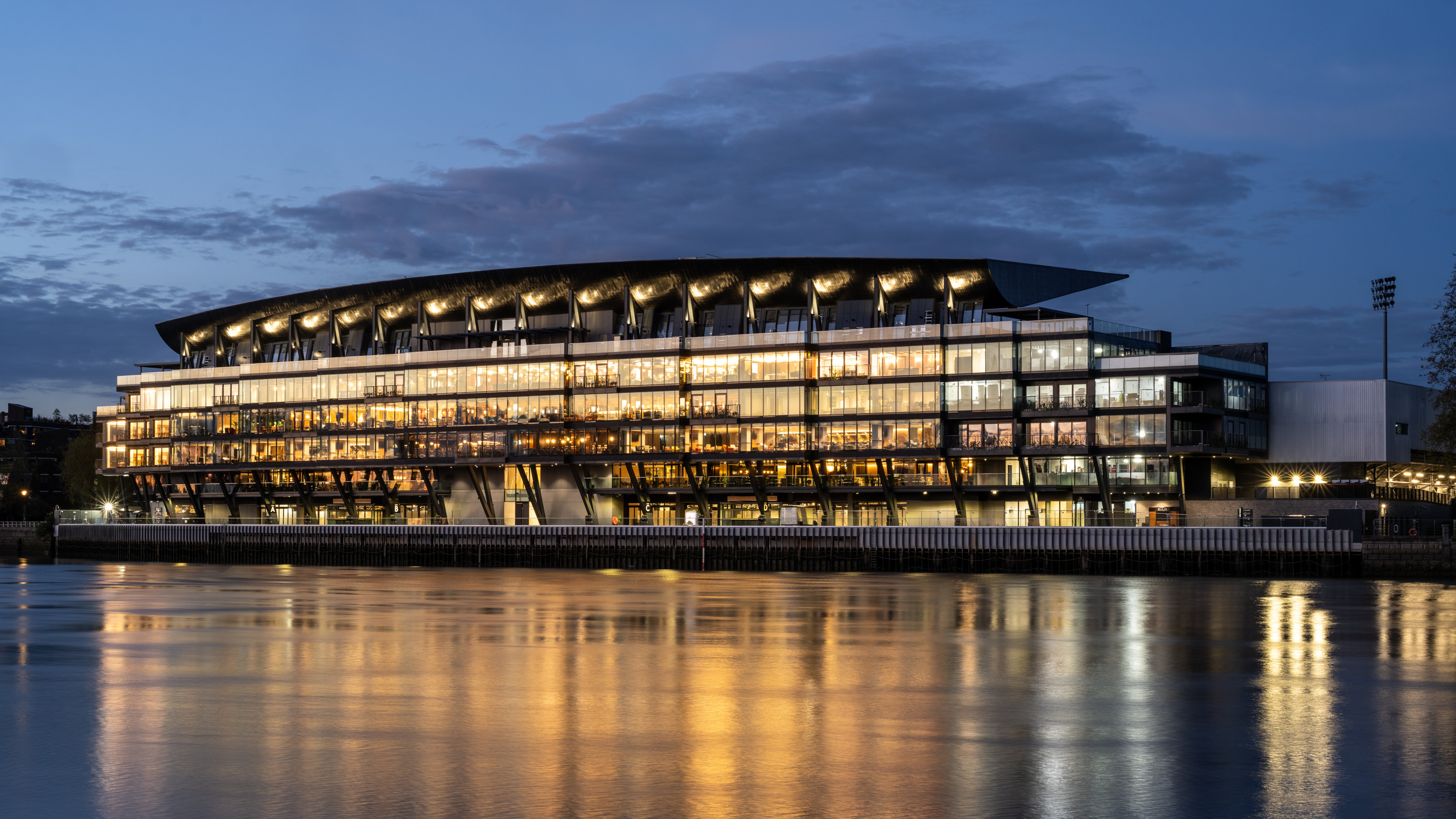 Fulham FC’s new Riverside Stand by Populous reshapes the match-day experience and beyond
Fulham FC’s new Riverside Stand by Populous reshapes the match-day experience and beyondPopulous has transformed Fulham FC’s image with a glamorous new stand, part of its mission to create the next generation of entertainment architecture, from London to Rome and Riyadh
-
 A contemporary Mexican hotel emerges from a 16th-century ruin in Mérida
A contemporary Mexican hotel emerges from a 16th-century ruin in MéridaA renovation project by Zeller & Moye, Mérida’s new Hotel Sevilla wears its architectural interventions lightly, mixing new brutalist elements into listed interiors and a palm-filled courtyard